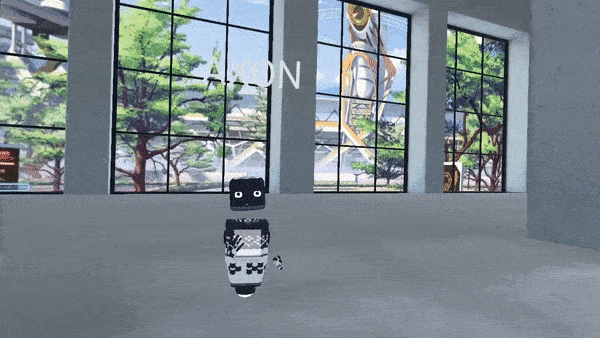Nobody said achieving your dreams was easy. Yet it’s far easier for those of us who live in the right place, at the right time with strong support systems. Unfortunately this isn’t the case for most people living on the planet. Opportunity mainly comes from variables that are beyond our immediate control. Yes you can try to work hard and make it happen, and yes some people do break through, but the majority simply don’t have the resources or luck to shatter that ceiling.
Fortunately, things are about to change thanks to the current technology platform shift. It’s being enabled by a beautifully timed combination of advancements in AI, XR spatial displays, internet connectivity and affordability of hardware. Of course there will be initial barriers to mass adoption, but even today when considering the cost of a private education and relocation, a ~$400 VR headset and tuition unburdened by physical overhead seems like a treat compared to the average $35K/year students are currently paying for college.
The moment is here to completely rethink higher education. We now have a new dimension of control over our learning environments with virtual space removing many of the financial and physical constraints of “base reality”, as Elon Musk would call it. Between VR & AR (XR) displays, developments in AI, and imminent brain-computer interfacing, the world is on the brink of an intelligence explosion that will result in a new Age of Revolutions (as in the romantic period). A future where 10-year-old kids will fundamentally understand the theory of relativity or quantum mechanics because they’ve experienced it first-hand and had personalized tutoring from an advanced AI along the way.
Sure, current VR technology is magical, but we have to be realistic about where the industry is today. There are still limitations like screen resolution and input that make some tasks, especially reading and writing, quite difficult. In the future, as the displays approach 8K per eye and input problems are solved, this will no longer be a concern, and having the nearly infinite amount of screen real estate afforded by immersive displays will become the dominant form of consumption.

Enter the Immersive Learning Era. A future where you can be anywhere, learning from the best instructors (human or AI) individually or with other students who share your passions and interests. Physical space will fade away into a secondary concern. Atoms to bits. What a fun time to be alive!
At Axon Park we have been exploring this future by building a virtual campus where students can learn together from anywhere in VR. A place where you can feel empowered and have meaningful interactions with others. A place where neutral avatars are used to minimize the unconscious and conscious biases that plague modern classrooms. A place where opportunity becomes more equal for all. This platform shift is going to empower humanity in ways that will fundamentally change our ability to learn and our understanding of what it means to be human.
When we think of the traditional learning environments most commonly used today, we see stale classrooms filled with chairs and a whiteboard, a format practically unchanged for centuries. Sure you have computer labs and some additional tech floating around the space, but when comparing it to an operating room in a modern hospital it looks like a joke. Why isn’t the same thing happening with the classroom? You might be thinking, what about online learning, that changed a lot right? You’d be right to think that, the only problem is that 2D online learning is missing a number of fundamental components like “being together” with others, and experiencing the learning material in a natural and hands-on way. We are human beings after all, used to living and interacting in three dimensions, so why limit ourselves to a tiny 2D window when we can have our information all around us?

In much of the educational landscape today, instructors might stand at the front of the class, running through a powerpoint slideshow, while the students try to keep their eyelids open. We believe that in VR, students can embark on “learning journeys”, from the comfort of their own homes, where they will see much of the same content from the powerpoint, but now spread along a path in a virtual environment where they’ll get hands-on, engage with the content and discuss what they’ve experienced. This new model of learning allows us to quickly bring the vast sea of existing 2D and 3D content into an immersive space where students will stay highly focused and engage in active learning. It’s early days and we look forward to seeing how new developments in technology, behavioral science and neuroscience will shape our learning future.
We love meeting fellow creators, educators and entrepreneurs who are passionate about this future and want to be part of the revolution. Let’s talk about how organizations and individuals can get the most out of XR learning!



